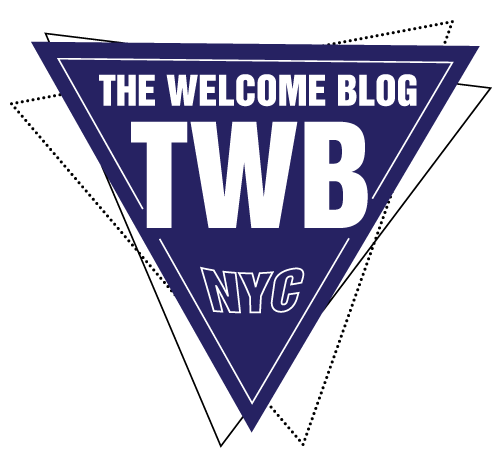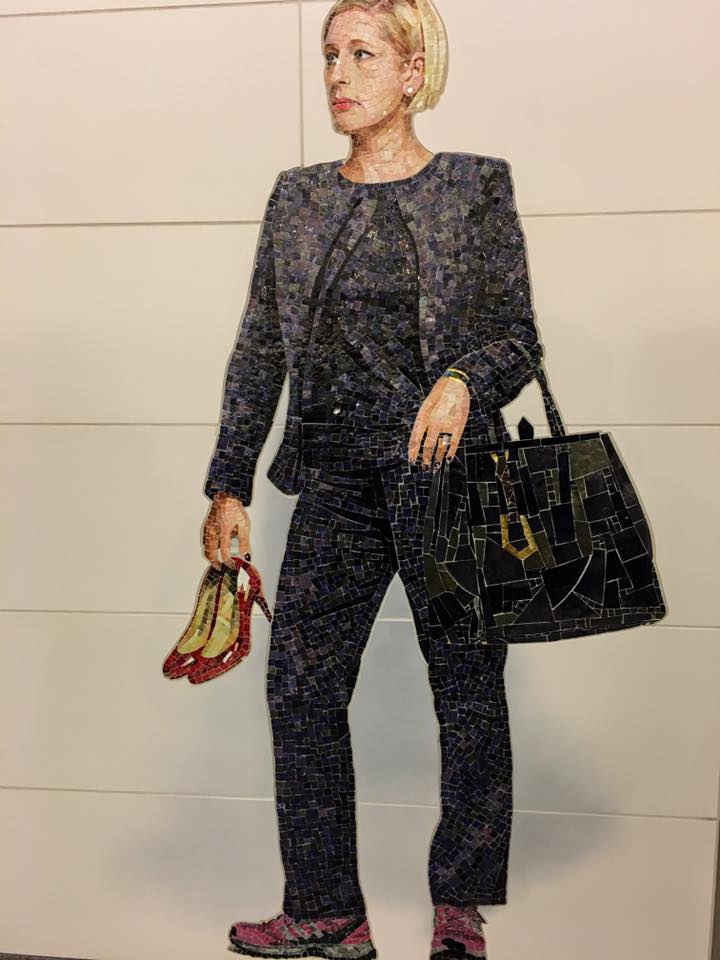The Epic Story of the New NYC Subway Stations
It's finally here. After taking nearly a century to build, the 2nd Avenue subway extension in Manhattan are now opened — with excitement and complaints. Three new stations opened at 72nd, 86th, and 96th Streets. The route is an extension of the Q line, which now runs from the Upper East Side in Manhattan to Coney Island in Brooklyn.
THE EPIC STORY OF THE NEW SUBWAY STATIONS
Visual storytelling by Lucas Compan
Hundreds came out New Year's Day to ride the train in New York City, cheering as it left the station. That may sound odd, but this wasn't just any subway or any old station, it was the stuff of urban legend: the Second Avenue subway line.
To understand the crowd, you have to go back to the 1920s when the idea for the subway line was first floated but never left the station because the Great Depression hit, in 1929. Emma G. Fitzsimmons (a transit reporter at The New York Times) breaks it down so we can better explore the milestones and the long wait.
MILESTONES IN THE BUILDING OF THE SECOND AVENUE SUBWAY
1920
Building a subway along Second Avenue is recommended by an official in New York City named Daniel L. Turner as part of an ambitious plan to expand the city’s transit system.
The New York Times - Sunday, October 3, 1920 (Image: courtesy of The New York Times)
1929
The city’s transportation board proposes a Second Avenue subway line from Houston Street to the Harlem River at a cost of $800 million, with a possible connection to the Bronx. A short time later, the stock market crashes, and the plans are shelved.
The New York Times - Friday, August 30, 1929 (Image: courtesy of The New York Times)
1940
The Third Avenue elevated train line on the Upper East Side starts to be dismantled. A new plan for a Second Avenue subway line moves forward.
3rd Avenue El at Canal Street in Manhattan, had service from Chatham Square north. (Image: Frank Pfuhler, May 1955)
1950
A bond issued is approved to spend $500 million on the subway, but the funds are instead used to improve the existing system. The Third Avenue elevated line is removed.
The Third Avenue elevated line was removed in the 1950s (Image: SAM FLAK/THE NEW YORK TIMES )
1972
The Second Avenue groundbreaking in October 1972 ( IMAGE: NEAL BOENZI/THE NEW YORK TIMES )
A Second Avenue groundbreaking is held at 103rd Street, and construction begins on a line that would run along most of Manhattan’s East Side. Then New York City nearly goes bankrupt, and work is halted. Three pieces of the tunnel had already been built near Canal Street, 105th Street and 120th Street.
David Rockefeller and New York City's Mayor Lindsay Break Ground for 2d Avenue Subway. Ground was broken yesterday for the Second Avenue subway — a line first proposed in the nineteen-twenties. ( The New York Times, October 28, 1972. Image courtesy: The New York Times )
Construction on the Second Avenue subway in 1974. CREDIT: MEYER LIEBOWITZ/THE NEW YORK TIMES
Photograph documents (1975) construction on the Second Avenue Subway. View of tunnel looking South from beam 256, 12/1/1975 ( Courtesy of New York Transit Museum ). Click here to see more photograph documents from 1975.
1990
Another push begins to build a Second Avenue line, though a smaller segment is proposed from 63rd Street to 96th Street.
VIDEO
Watch this interesting video highlighting subway trips during the 1990s
2007
The M.T.A. launched a tunnel boring machine to dig the first phase of the Second Avenue subway at 92nd Street and Second Avenue in May 2010. CREDIT: RICHARD PERRY/THE NEW YORK TIMES
2010
A 200-ton tunnel boring machine begins to dig underground at 92nd Street and Second Avenue to make way for the line. It finishes about a year later at 63rd Street and Third Avenue, having mined nearly 15,000 feet.
2015
The project is becoming a reality through the efforts of some highly skilled, well-paid craft workers. The yellow “tarps” are permanent insulation and vapor barriers that will help keep the line dry when the concrete is poured and the trains start running and carrying 200,000 passengers per day.
VIDEO
Watch the video to learn more about the details of this project – told by an insider
Image credit: MTA, under a Creative Commons license
Image credit: MTA, under a Creative Commons license
Image credit: MTA, under a Creative Commons license
Image credit: MTA, under a Creative Commons license
Image credit: MTA, under a Creative Commons license
Image credit: MTA, under a Creative Commons license
Image credit: MTA, under a Creative Commons license
Image credit: MTA, under a Creative Commons license
Image credit: MTA, under a Creative Commons license
2017 - FINALLY!!!
The first section ( 72nd, 86th, and 96th stations) of the Second Avenue subway opens to the public.
VIDEO
Watch this great video from the grand opening day, January 1st, 2017
The new 86th Street Q train station, 2017 (Photo: Lucas Compan)
New Second Avenue x 72nd Street Q train station, 2017 (Photo: Lucas Compan)
RUN, EVERYBODY! LET'S TAKE A LOOK AT THE NEW STATIONS.
LIVE VIDEO FROM THE NEW SECOND AVE. x 72ND
THE ART OF THE SECOND AVENUE SUBWAY STATION
Just swipe your MetroCard and enjoy some of the world's most famous artists installations, on 63rd, 72nd, 86th, and 96th subway stations.
“At some point, the government adopted an attitude that its job was to build things that were functional but unattractive and unappealing. But that’s not how it has always been, and it’s not how it should be. With every public works project, I believe there is an opportunity to elevate the every day, to build a public space where the community can gather and where culture and shared civic values are celebrated. This is just the beginning of a new period of rebirth.”
VIDEO
Watch this excellent video to explore the art and the artists's stories with art installations on Second Avenue new subway stations
What follows is the new subway’s art, created at a cost to the Metropolitan Transportation Authority of $4.5 million, out of an overall budget of $4.45 billion. Four artists were chosen beginning in 2009, from a pool of more than 300 high-profile applicants, to treat the stations as their very own and make them into individual installations.
Sarah Sze is an American contemporary artist who lives and works in New York City. The artist employs a constellation of everyday materials in her work, ranging from found objects and photographs to handmade sculptures and living plants, creating encyclopedic and accumulative landscapes that penetrate walls and stretch across museums.
Sarah Sze's art installation at Second Avenue and 96th Street new subway station
Chuck Close's art installation
Chuck Close Charles Thomas "Chuck" Close is an American painter/artist and photographer who achieved fame as a photorealist, through his massive-scale portraits. Close often paints abstract portraits, which hang in collections internationally
Vik Muniz is a Brazilian artist and photographer, originally from São Paulo. Initially a sculptor, Muniz grew interested with the photographic representations of his work, eventually focusing completely on photography
Vik's art installation on Second Ave x 72nd St. station
Shin's art installation on Second Avenue x 63rd Street station
Jean Shin is an American artist who lives and works in New York City. She attended the Pratt Institute for a master in art history
































